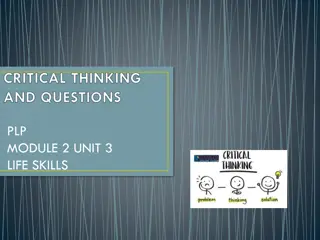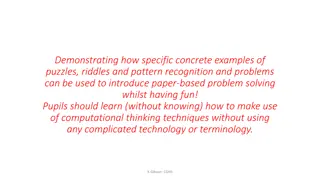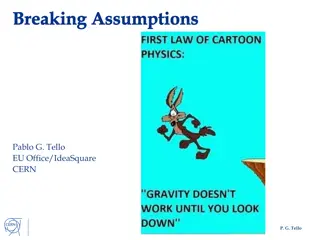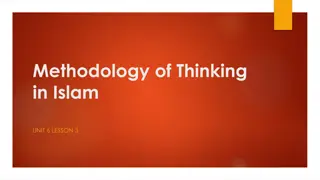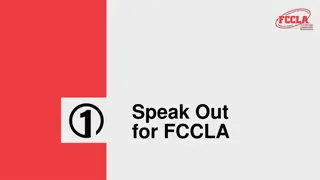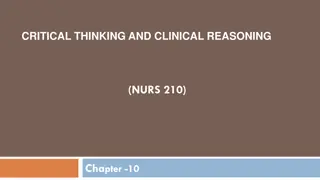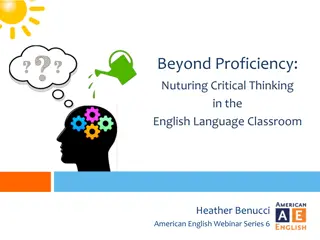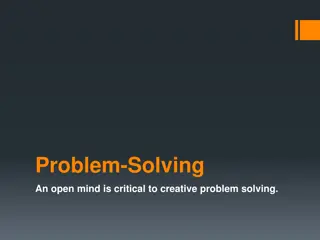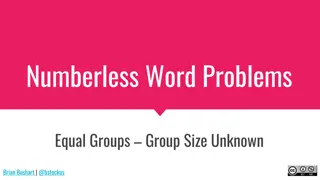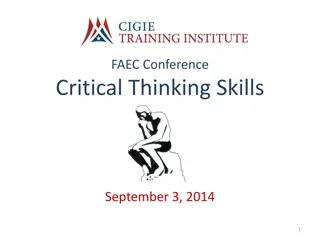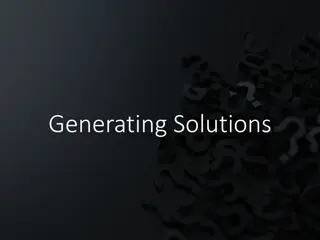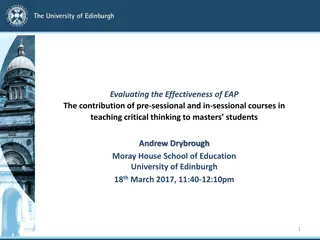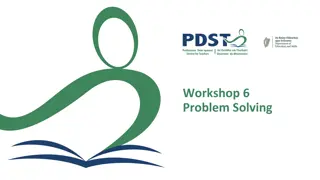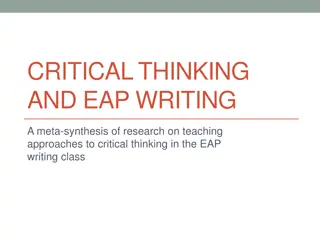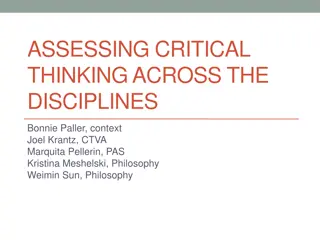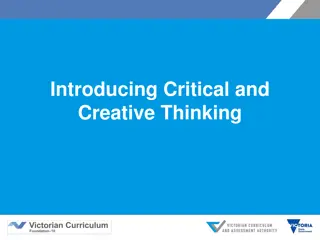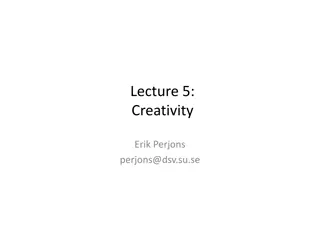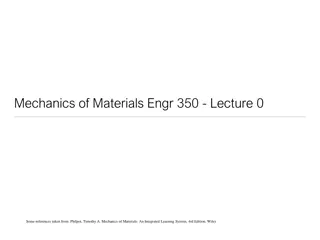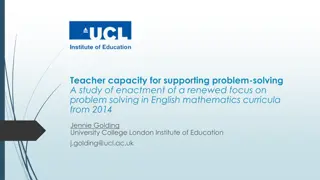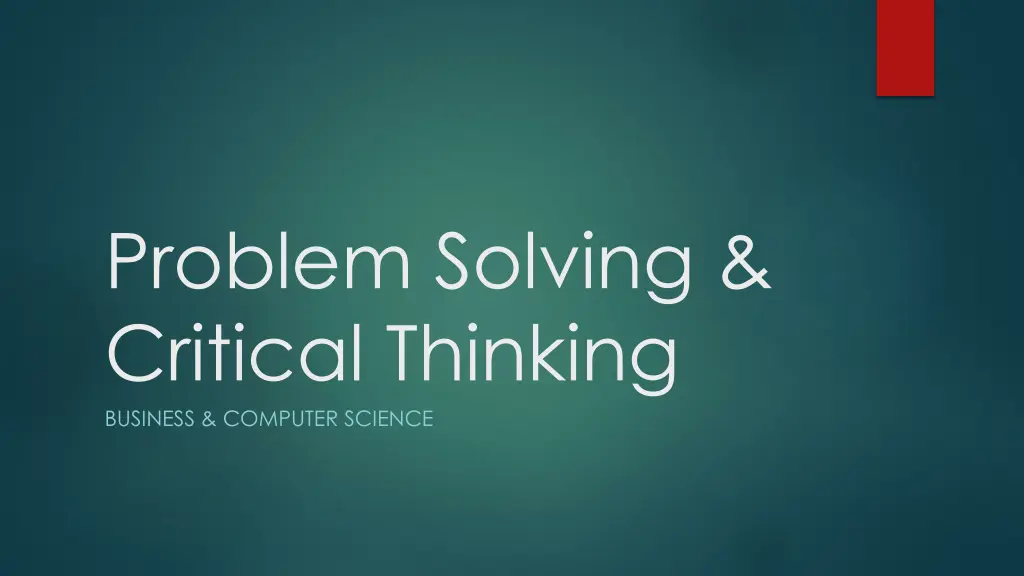
Problem Solving and Critical Thinking in Business and Computer Science
Enhance your problem-solving skills and critical thinking techniques in the realms of business and computer science. Explore quotes from great minds, a 4-step problem-solving process, and practical tips for identifying, planning, implementing, and reflecting on solutions.
Download Presentation

Please find below an Image/Link to download the presentation.
The content on the website is provided AS IS for your information and personal use only. It may not be sold, licensed, or shared on other websites without obtaining consent from the author. If you encounter any issues during the download, it is possible that the publisher has removed the file from their server.
You are allowed to download the files provided on this website for personal or commercial use, subject to the condition that they are used lawfully. All files are the property of their respective owners.
The content on the website is provided AS IS for your information and personal use only. It may not be sold, licensed, or shared on other websites without obtaining consent from the author.
E N D
Presentation Transcript
Problem Solving & Critical Thinking BUSINESS & COMPUTER SCIENCE
Quotes from the Greats If I had an hour to solve a problem I'd spend 55 minutes thinking about the problem and 5 minutes thinking about solutions. Albert Einstein, Inventor It is the mark of an educated mind to be able to entertain a thought without accepting it. Aristotle, Greek Philosopher
Problem Solving 4-Step Process Process of finding solutions to difficult or complex issues Identify Problem Look Back (Reflect) Create a Plan Carry Out the Plan
Step 1 Identify Problem In business, problems come from a variety of sources including competitors, customers, employees, and government regulations. Some examples: Competitors selling a similar product at a much lower cost Customers complaining about the performance of a product Employees wanting a higher wage for their work Government regulations change the way you must do business
Step 2 Create a Plan Various methods can be used to create plans, with no single way being best or the only way Sometimes management just tells employees what to do Brainstorming is a popular method for beginning the creation process Definition: process for generating creative ideas and solutions through interactive group discussions
Step 3 Carry Out the Plan Also known as implementation Can be the most difficult step People can be resistant to change Sometimes an issue of resources
Step 4 Look Back (Reflect) Critical step for success Most often overlooked step Referred to as Closing the Loop Identify Problem Look Back (Reflect) Create a Plan Carry Out the Plan
Critical Thinking The art of thinking about your thinking while you are thinking in order to make your thinking better: more clear, more accurate, or more defensible.
Cost-Benefit Analysis Process used by business where all the benefits of a given situation are added up and then the costs associated with taking that action are subtracted
Examples of Cost-Benefit Analysis Ford Pinto Design flaw causing them to burst into flames when struck Proposed wrongful death claims of $50 million Proposed recall costs $138 million Phillip Morris, Inc., RJ Reynolds, Brown & Williamson, & Lorillard Spent years denying their product caused cancer Internal documents showed that they knew In 1998 agreed to pay $206 Billion over 25 years
Cause & Effect Causation Correlation when one action directly causes another action a mutual relationship or connection between two or more things
Your Personal Rationale What is it? A set of reasons or a logical basis for a course of action or a particular belief. 1. Consider why you believe what you believe 2. Evaluate your sources and their validity 3. Don t operate on prejudice 4. Use sound reasoning
To thine own self be true. SHAKESPEARE HAMLET ACT 1, SCENE 3 The End

